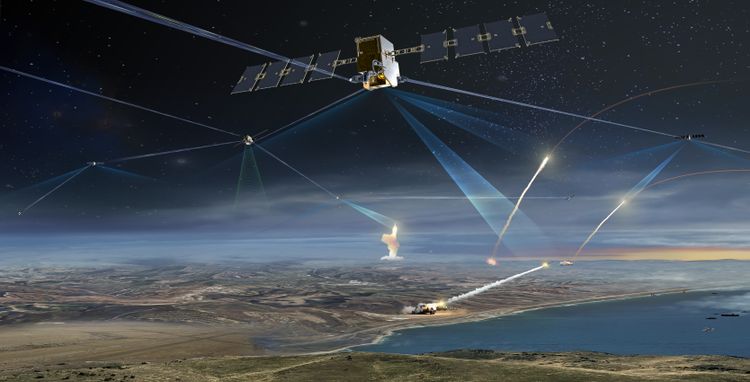Daily News
Strengthening US Defenses in Space: Launching a New Era of Satellite Protection
The recent launch of six satellites bolsters US defenses against emerging threats in space, including hypersonic weapons.
In a rapidly evolving landscape of global security threats, safeguarding assets in space has become paramount for nations like the United States. Concerns over Russia’s purported development of “troubling anti-satellite weapons” have spurred proactive measures to fortify defenses. Against this backdrop, the recent launch of six satellites marks a significant stride in enhancing America’s capability to detect, track, and defend against potential threats.
On February 14, the Space Development Agency (SDA) and the Missile Defense Agency (MDA) orchestrated a milestone event, deploying satellites designed to bolster the nation’s defense architecture. Among them, MDA’s Hypersonic and Ballistic Tracking Space Sensor (HBTSS) takes center stage, equipped to identify and monitor conventional ballistic missiles, maneuvering hypersonic weapons, and other advanced threats. This technological feat underscores the United States’ commitment to staying ahead of adversaries and ensuring the security of vital space assets.

The strategic deployment of these satellites, strategically positioned in low-Earth orbit, signifies a shift towards more agile and responsive monitoring capabilities. By leveraging advanced sensors and positioning systems, the United States aims to mitigate the risk posed by hypersonic glide vehicles (HGVs) and other elusive threats. These efforts are further complemented by ongoing developments such as the Glide Phase Interceptors (GPI), designed to intercept hypersonic missiles during their glide phase of flight.
Collaboration between the MDA and SDA reflects a cohesive approach to addressing emerging challenges in space. The synergy between HBTSS and SDA’s Tracking Layer satellites demonstrates a unified front in monitoring and responding to potential threats. Through joint testing and operational integration, these agencies pave the way for a more resilient and interconnected defense infrastructure.
However, amidst these advancements, concerns linger over Russia’s alleged pursuit of anti-satellite capabilities. The White House’s acknowledgment of this potential threat underscores the need for continued vigilance and preparedness. While the specifics of Russia’s activities remain shrouded in secrecy, the United States remains steadfast in its commitment to safeguarding its interests in space.
As the geopolitical landscape continues to evolve, the importance of space as a domain for strategic competition cannot be overstated. The successful launch of these satellites represents not only a technological achievement but also a reaffirmation of the United States’ determination to maintain its edge in space security. Moving forward, sustained investment in research, development, and international cooperation will be crucial in ensuring the stability and resilience of space-based operations.
In conclusion, the deployment of six satellites heralds a new era in space defense, underscoring the United States’ proactive stance in safeguarding its assets against evolving threats. By leveraging cutting-edge technology and fostering collaboration among key stakeholders, the nation reaffirms its commitment to maintaining peace and stability in the final frontier.
